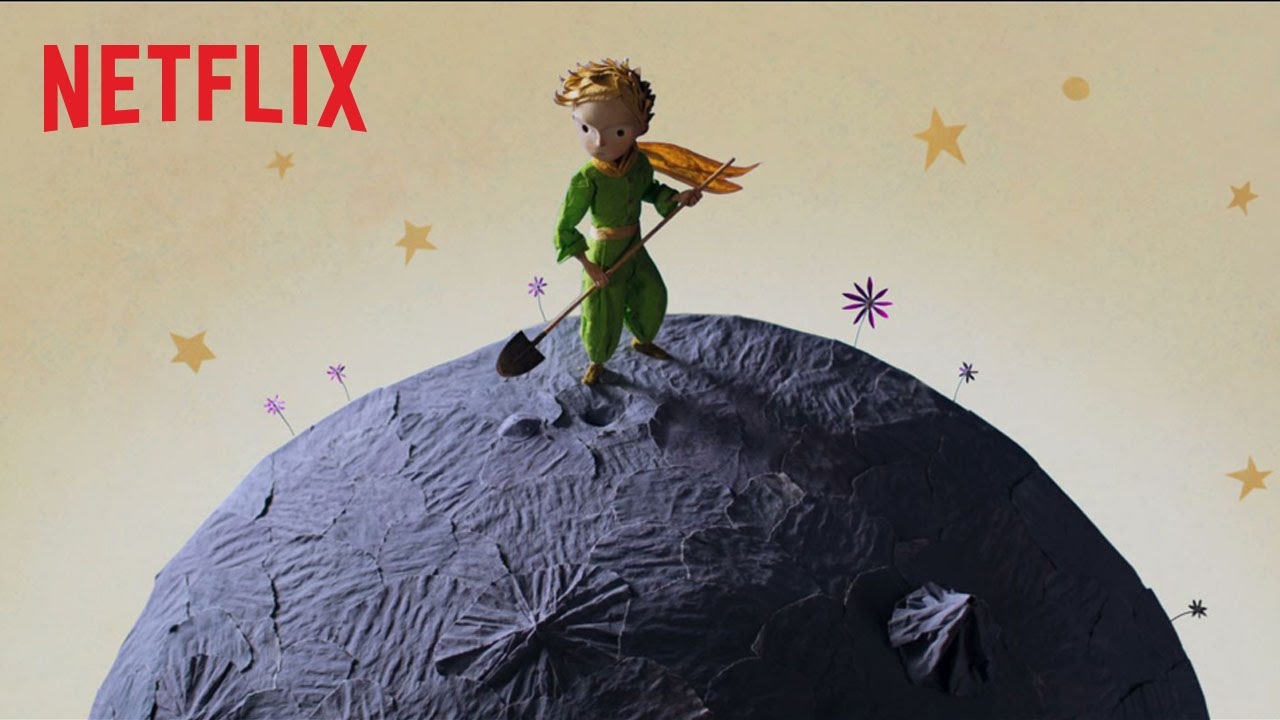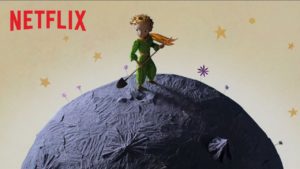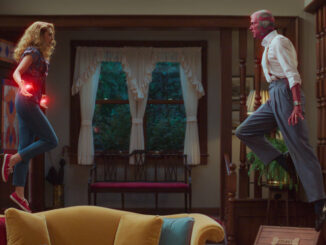

Based on the 1943 novel of the same name, “The Little Prince” saw release in France last year to critical and commercial success.0707
By Zachary Landau | staff writer
Effort can count for a lot in a film, and “The Little Prince” certainly has a lot of effort put into it. The 2015 movie, directed by Mark Osborne, is the most ambitious attempt to adapt the well-known and beloved story by Antoine de Saint-Exupéry, but that does not make it necessarily good. Rather, “The Little Prince” is perhaps the most exceptionally above-average film out there, held back by added baggage that prevents it from being truly impeccable.
To the film’s credit, what content that is added for the feature-length adaption is not the worst it could possibly be. Instead of simply retelling the original French novella, the story follows a Little Girl (Mackenzie Foy) who moves into the house next to the retired Aviator (Jeff Bridges) from the source material. Saint-Exupéry’s story is recounted by the Aviator over the course of the first third of the movie, sparking the imagination of the girl whose life is meticulously run by her overly-protective Mother (Rachel McAdams). As she learns about the Little Prince, she develops her own curiosity and self-reliance, something the film emphasizes with the looming threat of the Academy, an intellectually-demanding institution that enrollment in guarantees success in life, always lurking in the background.
What this essentially amounts to is a style of storytelling that, in fairness, excellently takes Saint-Exupéry’s novella and uses it as both exposition and motivation to drive the plot. The audience is invited to feel just as excited as the Little Girl to learn more about the mysterious Prince, and the new story has its own elements that echo the original material’s themes of hypocrisy and person-to-person interaction almost perfectly.
The Girl’s relationship with her Mother was particularly refreshing, as it did not play too heavily on the helicopter-parent trope. In fact, the two actually reflect their personalities quite well, and the affection they feel is palpable in how they look and talk to the other.
However, there are times when their relationship does lean too hard on cliché. When the inevitable conflict between the two does come up, their voices sound as if the actors resented having to read such worn-out and boring lines. Indeed, the entire plot outside of the original “Prince” story is also really tired. The last act especially feels like it was pulled from some sort of template, and follows every single trite technique you can imagine sans a song-and-dance number. “The Little Prince” excels at telling its story, but the quality of boring and used tropes can only be so high. As such, the film can only be exceptionally good, but never unparalleled masterpiece.
The animation is worth mentioning, however, if only because of how interesting it is. While mostly done with CGI, the story of the Prince is told using stop-motion graphics, a style that is stunningly gorgeous. Every little detail is lovingly put together, with the Prince’s scarf being absolutely spectacular. The CGI, while less impressive, is still good, but feels rather run-of-the-mill at this point. The character models themselves feel a bit boring, lacking any compelling details or quirks to maintain attention. However, characters do move naturally in their space, and both styles of animation mix together seamlessly.
Overall, it is hard to say whether or not “The Little Prince” is a good film. On the one hand, its animation and storytelling is top-tier material, second only to true titans of the film industry. However, the actual elements of its story are so overdone at this point that much of the effort put into this film feels wasted. It is really hard not to like “The Little Prince” considering the obvious effort put into it, but it is also really hard to love it.



